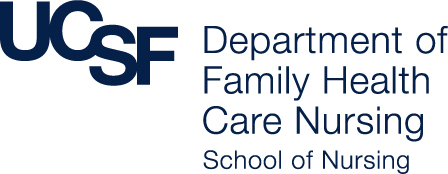Overview
SBIRT is an evidence-based practice used to identify, reduce, and prevent problematic use, abuse, and dependence on alcohol and illicit drugs. The SBIRT model was incited by an Institute of Medicine (IOM) recommendation that called for community-based screening for health risk behaviors, including substance use.
-
Screening — a healthcare professional assesses a patient for risky substance use behaviors using standardized screening tools. Screening can occur in any healthcare setting.
-
Brief Intervention — a healthcare professional engages a patient showing risky substance use behaviors in a short conversation, providing feedback and advice.
-
Referral to Treatment — a healthcare professional provides a referral to brief therapy or additional treatment to patients who screen in need of additional services.
Helpful Resources and Sites
SBIRT is an evidence-based practice used to identify, reduce, and prevent problematic use, abuse, and dependence on alcohol and illicit drugs. The SBIRT model was incited by an Institute of Medicine (IOM) recommendation that called for community-based screening for health risk behaviors, including substance use.
-
Screening — a healthcare professional assesses a patient for risky substance use behaviors using standardized screening tools. Screening can occur in any healthcare setting.
-
Brief Intervention — a healthcare professional engages a patient showing risky substance use behaviors in a short conversation, providing feedback and advice.
-
Referral to Treatment — a healthcare professional provides a referral to brief therapy or additional treatment to patients who screen in need of additional services.
-
Fact Sheet (CMS, ***)
-
SBIRT: A Resource Toolkit for Behavioral Health Providers to Begin the Conversation with Federally-Qualified Healthcare Centers. This resource provides behavioral health providers with information to engage their local FQHC and community health centers in conversations around implementing SBIRT.
-
Frequently Asked Questions by Healthcare Providers developed by the Colorado Clinical Guidelines Collaborative provides answers to questions commonly asked by providers when beginning to implement SBIRT.
-
SAMHSA Treatment Improvement Protocol (TIP)
-
TIP 24: A Guide to SA Services for Primary Care Clinicians provides guidelines to primary care clinicians for caring for patients with alcohol and drug abuse problems.
-
TAP 33: Systems-Level Implementation of SBIRT. This SAMHSA Technical Assistance Publication (TAP) is a compilation of research and experience from over a decade of federally-funded work on SBIRT. It includes specific implementation models, details about reimbursement and sustainability and case studies from across the nation.
-
TIP 42: Substance Abuse Treatment for Persons With Co-Occurring Disorders provides substance abuse providers with updated information on co-occurring substance use and mental disorders and advances in treatment for these individuals.
-
-
Alcohol Screening and Brief Intervention for Youth: A PRACTITIONER’S GUIDE (National Institute on Alcohol Abuse and Alcoholism, ***) introduces a simple, quick, empirically derived tool for identifying youth at risk for alcohol-related problems. Produced in collaboration with the American Academy of Pediatrics.
